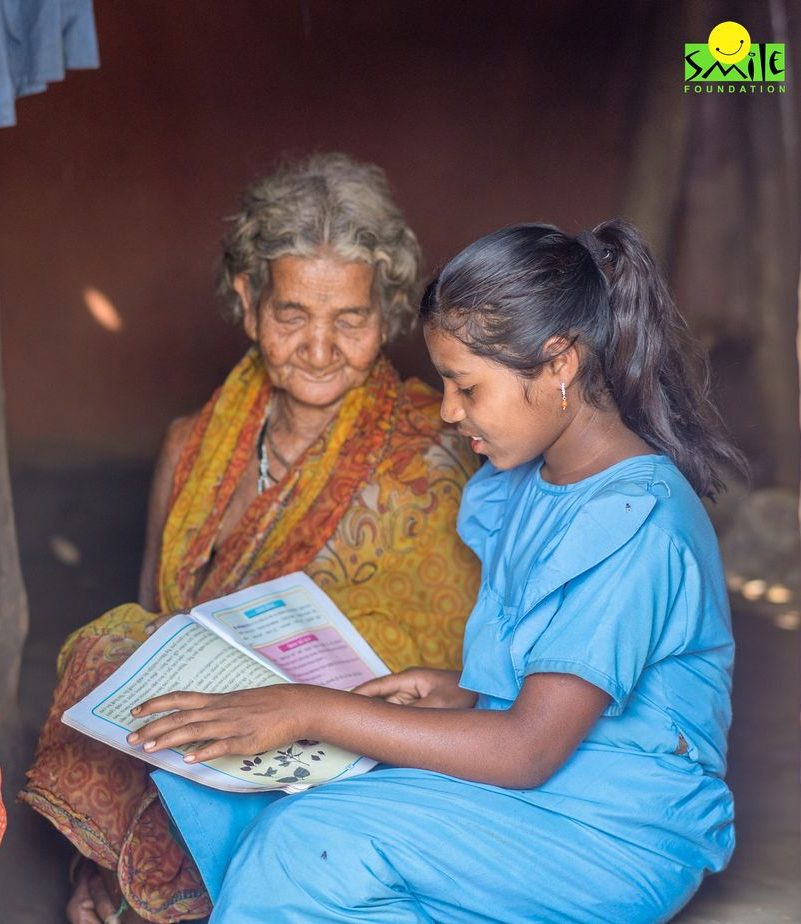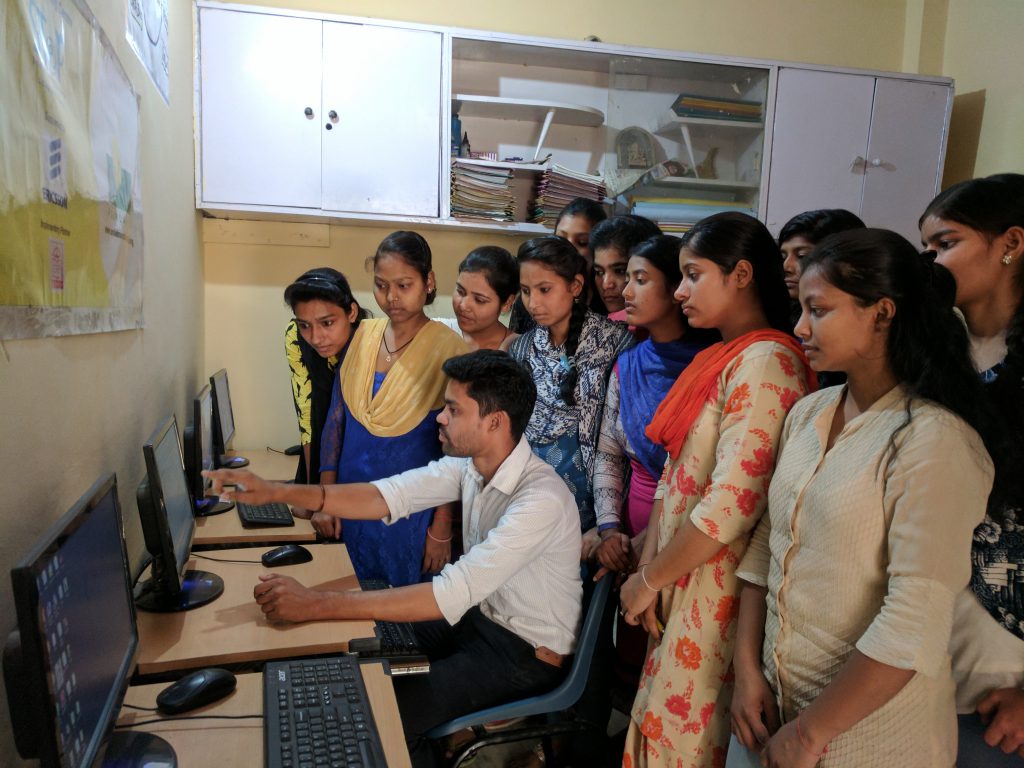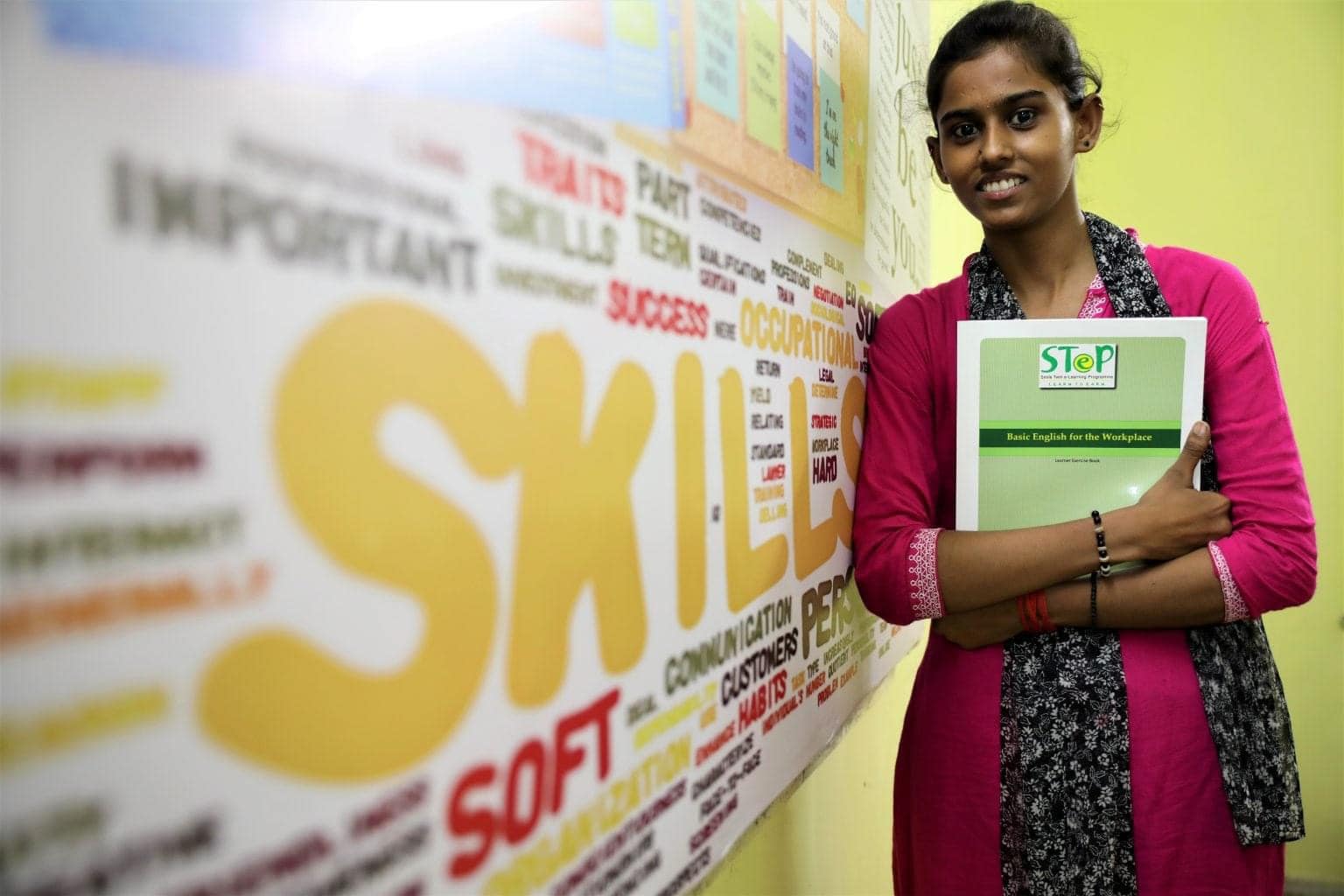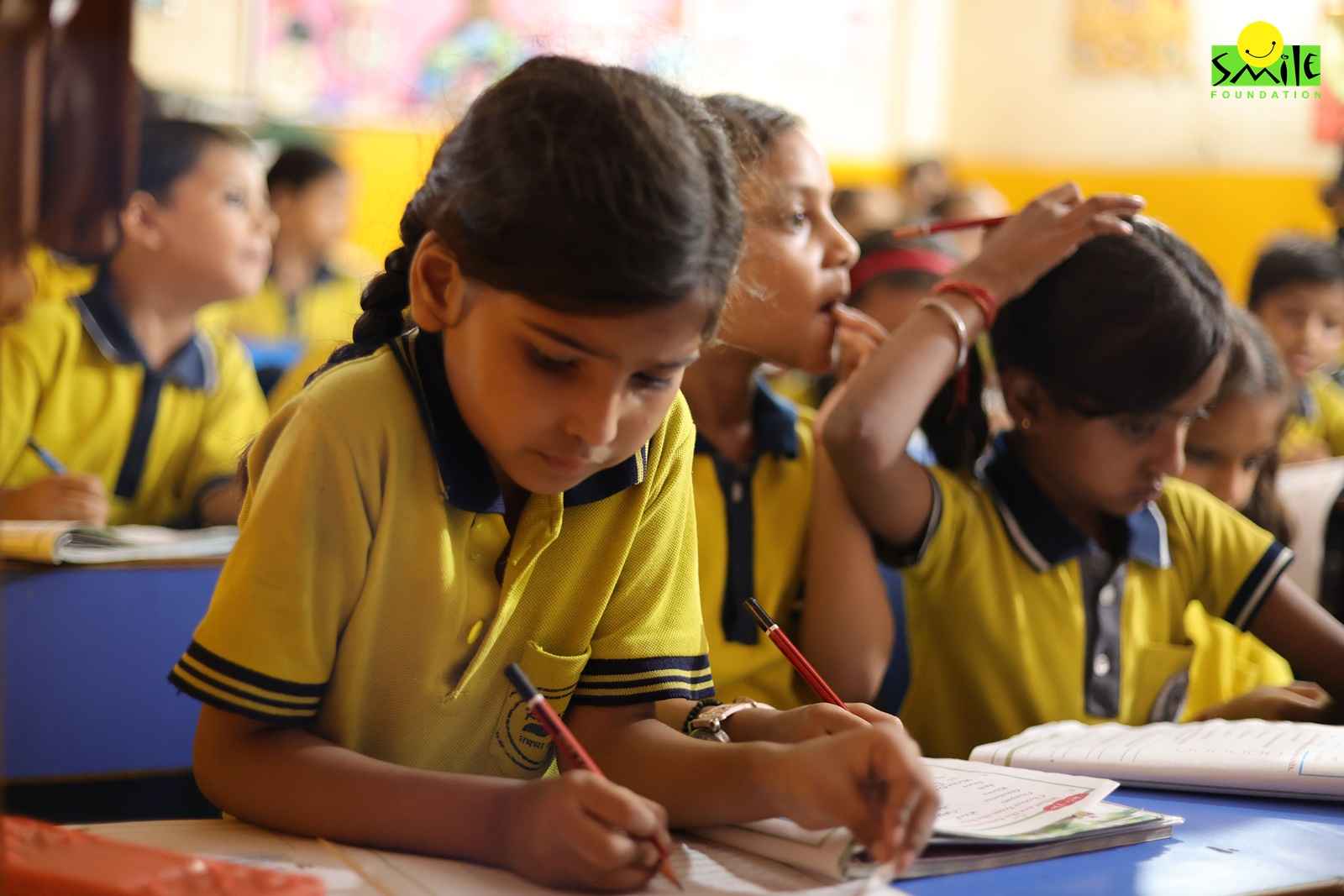The future of education is digital. We need to prepare our students for a world where technology is omnipresent.
Susan Wojcicki (A Polish-American business executive who was the CEO of YouTube from 2014 to 2023)
As a student, you might remember sitting in a classroom listening to teachers giving lectures about different subjects, and taking notes with a pen and paper. If we had a question, we raised our hands and waited for the teachers to respond to our queries. The most high-tech tool in the room was a chalkboard.
Fast forward to today, and the classroom looks very different. Students are using laptops or tablets to take notes and complete assignments. Teachers are incorporating virtual reality experiences and interactive whiteboards into their lessons.
With the COVID-19 pandemic forcing many schools to adopt remote learning, education has become even more technology-driven. Video conferencing and online learning platforms became the norm.
These changes are just a few examples of the education trends that have emerged over the past few decades. As technology advances and society evolves, so does the way we approach education. Here we’ll explore some of the most important education trends 2023. We will try to understand what they mean for students, teachers, and society as a whole.
Artificial Intelligence
“Artificial Intelligence has the potential to transform education by providing personalized learning experiences, improving access to education, and bridging the knowledge gap. However, we must ensure that AI is adopted in a fair and equitable manner, with the ultimate goal of reducing, rather than reinforcing, existing inequalities in education.”
Audrey Azoulay, Director-General of UNESCO
The impact of Artificial Intelligence (AI) has been revolutionary across various fields, including education. Virtual assistants and tutoring systems are increasingly being used in classrooms to help students and teachers manage time, complete assignments, and deliver personalized learning experiences to learners of all ages and abilities.
Online and remote learning systems also use AI to adjust the pace of teaching and cater to individual student needs. Furthermore, language translation technology is being utilized in educational settings where multiple languages are spoken. Some schools in China have even started using facial recognition technology to monitor student engagement in class. This surely indicates the rise of education trends 2023.
UNESCO acknowledges that AI has the potential to address some of the most pressing challenges facing the education sector today. These include bridging the gap in access to quality education and improving knowledge–sharing worldwide. However, AI implementation also poses its own set of challenges, such as ensuring a fair and equitable rollout of this highly disruptive technology, which doesn’t exacerbate existing inequalities in the education system.
Remote, Digital and Personalized Learning
Prior to the global Covid-19 pandemic, the popularity of massive online open courses (MOOCs) was already transforming the landscape of online learning. However, due to the pandemic, schools, universities, and course providers were forced to quickly adapt to deliver education remotely.
Remote and online learning has become a means of reaching students who live in isolated or rural communities, providing them with access to education that they might not otherwise have had. This has the potential to greatly advance equality of educational opportunity, particularly in light of the fact that millions of children around the world do not attend school due to living in remote areas.
Personalised learning is a successful and innovative approach to education. It tailors teaching to the unique strengths, needs, talents, and interests of each student. This means creating an individual learning plan that is specific to the learner. The concept behind this approach is that every student has a different learning style and pace.
With personalised learning, each student receives a customised plan based on their prior knowledge, abilities, and interests. This approach moves away from the traditional “one size fits all” philosophy often seen in schools. To ensure that students have a hands-on learning experience, the plan is project-based and designed to help them learn as they progress through their education.
This is one of the most hopeful of the education trends 2023.
Augmented Reality and Virtual Reality
The use of virtual reality (VR) and augmented reality (AR) in education is becoming increasingly prevalent. VR enables users to enter a virtual world, with numerous experiences available ranging from historical recreations to hazardous environment training. In 2023, virtual classrooms and experiential learning will become more popular.
VR already finds use in healthcare training for various purposes, such as training nursing students to provide emergency care and teaching doctors surgical procedures.
Augmented reality (AR) is different from virtual reality (VR) as it overlays computer-generated images onto the real world that the user is seeing through a device such as a phone or a headset. The advantage is that it can provide real-time information, like warning a trainee about dangerous machinery in a manufacturing environment.
AR textbooks are also available, containing images and models that come to life when viewed through a smartphone camera. This provides students with an in-depth understanding of various subjects. AR is also being used by museums and other educational sites to create more immersive learning experiences for visitors.
College Courses Not Enough
In the year 2023, high schools will dedicate more resources to prepare students for career paths beyond traditional college courses. This will result in the growing popularity of vocational and technical courses that teach diverse skill sets. Schools will collaborate with employers to find new solutions to tackle the problem of the skills gap.
In the US, a significant number of high school graduates enroll in college courses, but school resources primarily focus on preparing this minority group. On the other hand, the emphasis on preparing students for non-traditional pathways, such as apprenticeships or on-the-job training needs more focus.
As the job market demands a workforce with the necessary skills, schools will shift their focus toward vocational education and training alongside traditional academic, subject-based training. In Europe, 2023 is designated as the European Year of Skills to recognize the importance of vocational education and training in developing new drivers of economic growth during a global slowdown or recession.
“The future of the economy is in skill specialization. Technical schools and vocational training will be more valuable than an Ivy League degree. Because if you have a specific skill, you’ll always be employable.”
Naval Ravikant (An Indian-American entrepreneur and investor. He is the co-founder, chairman, and former CEO of AngelList)
STEM (Science, Technology, Engineering, Mathematics) and Soft Skills
Soft skills refer to human skills such as communication, teamwork, problem-solving, and conflict resolution that are unlikely to be replaced by machines. As AI takes on more technical responsibilities, these skills will become increasingly important and will be taught alongside technical education.
HR experts believe that while soft skills are essential to company success, they are harder to measure than hard skills such as math and programming. In 2023, STEM education will place more emphasis on these skills, and there will be increased efforts to measure and assess them within organizations.
In 2023, India’s National Education Policy (NEP) will drive significant educational reforms, with a focus on STEM-based learning and skill-based education. Policy developments aim at promoting digital literacy and providing equitable access to quality learning methods. As experiential learning gains popularity, school curriculums will undergo significant changes. The greater emphasis is on making learning enjoyable through innovative programs.
STEM as one of the most progressive education trends 2023 is not only about imparting knowledge, it’s about inspiring the next generation of innovators, problem-solvers, and creators who will lead us toward a better and brighter future.
Smile Foundation Empowering Education for a Better Tomorrow
Smile Foundation is a nonprofit providing quality education to underprivileged children in India. Through our various programmes and initiatives, namely, Shiksha Na Ruke, She Can Fly and Tayyari Kal Ki, the Smile Foundation aims to bridge the education gap and ensure that every child has access to education and the opportunity to reach their full potential.
Incorporating your support through volunteering and individual/corporate partnerships, Smile Foundation provides resources and support to students, schools, and teachers. All these activities are in place to make a significant life-changing impact on the lives of many children.










9 replies on “5 Education Trends 2023 to Change Education in India”
Thanks for sharing great education trends for 2023.
Great tips shared on educational trends in 2023 to change education in India.
I prefer human lectures and writing on paper, but this is because I was born in 90’s 🙂 However, I appreciated remote learning during Covid. It’s great not to leave home when it’s rainy or cold weather outside.
The changes came into Education System after COVID-19 Pandemic took a different place in student’s life. it is well described in your blog . so I appreciate your efforts you mentioned about Educational trends.
Thankyou.
Very good work done by Smile Foundation
Great info shared on educational trends. It will help in changing education system in India.
Great article , you article is just perfect and easy to understand in order to point out the introduction of digital education after COVID-19
Very nice information about education
Very good article. You people are doing great.